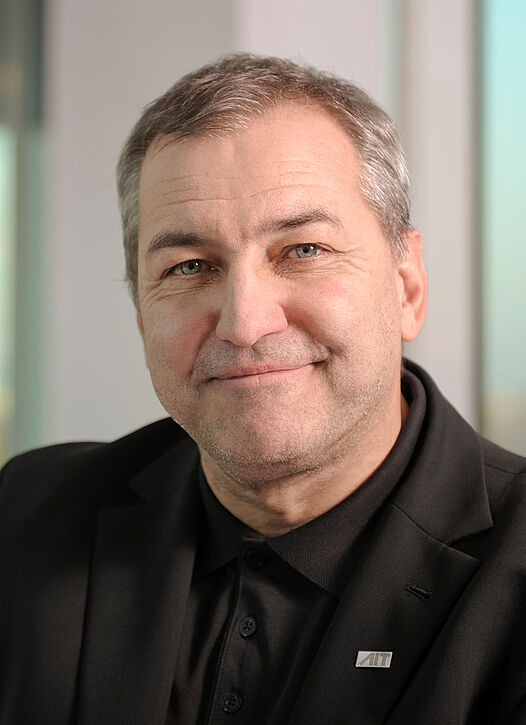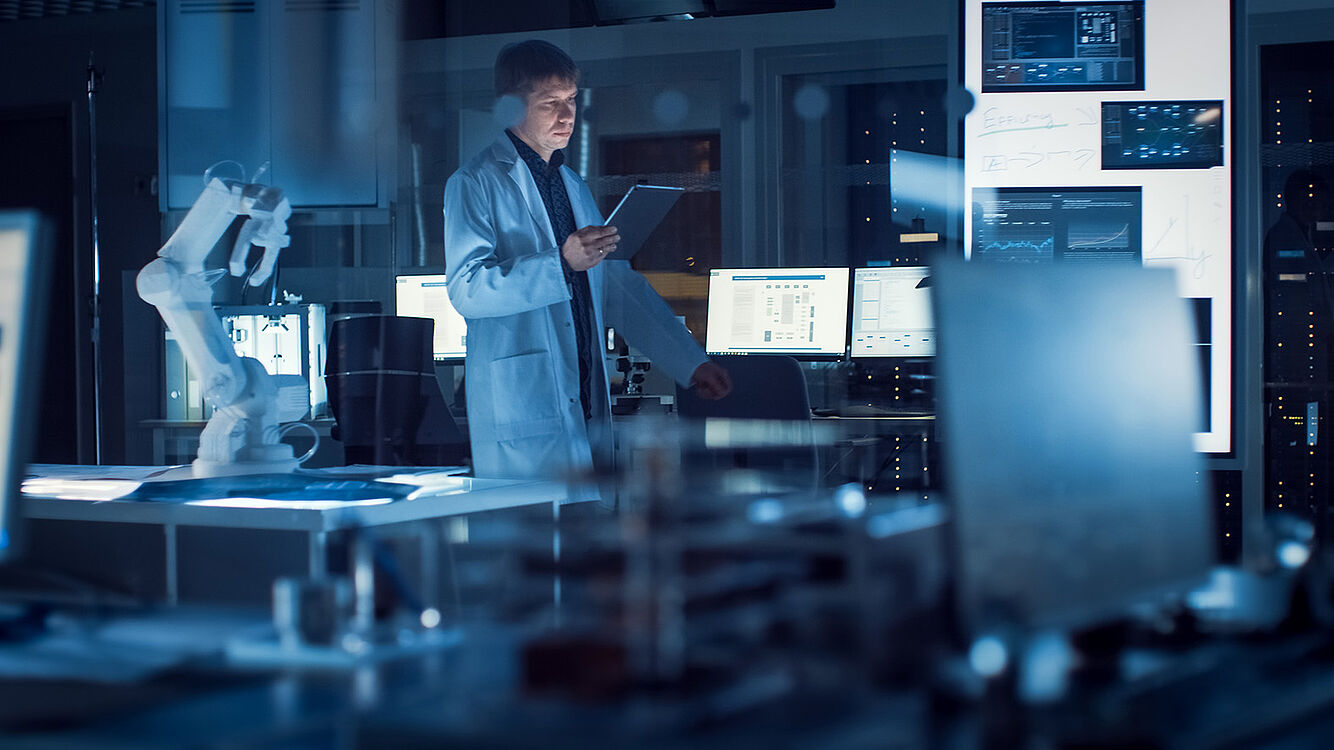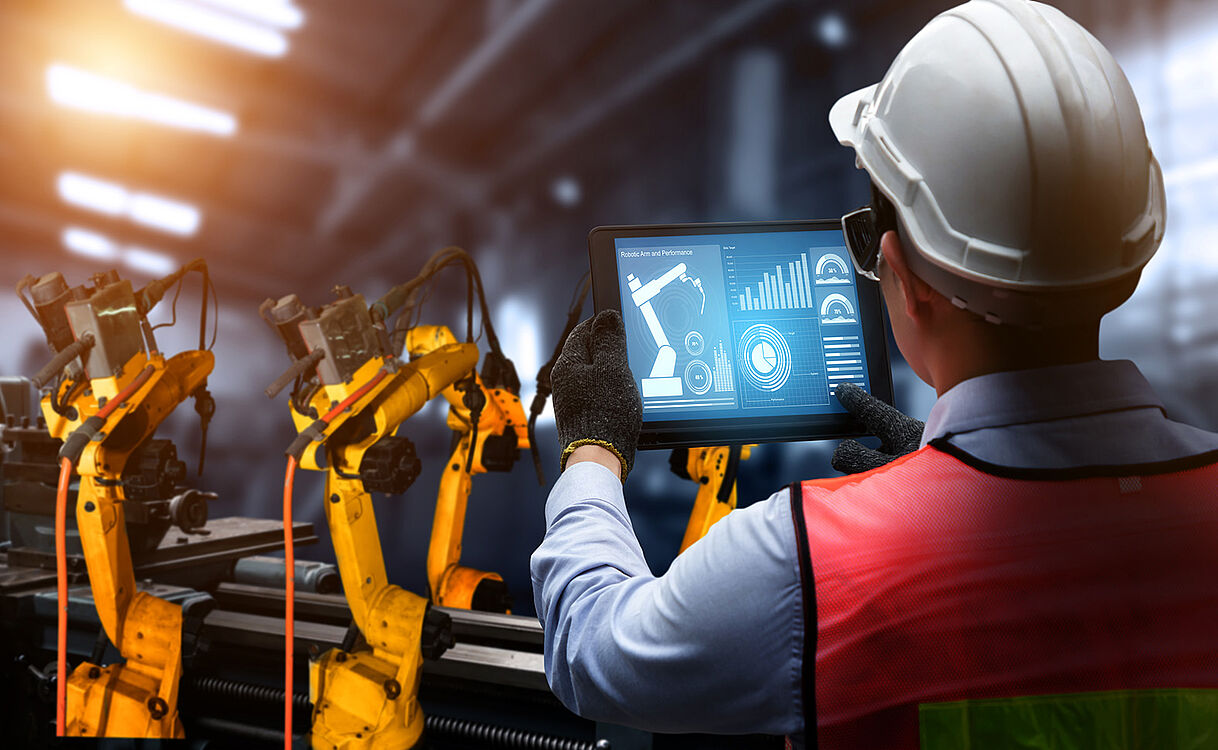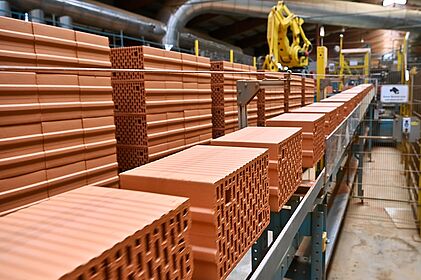This year's yearbook "Discussing Technology" is dedicated to the topic of "Human Centered Innovation". As a scientific contribution to the Alpbach Technology Talks 2021, it will address topics such as Industry 5.0, human-machine interfaces, Next Generation Human Centricity, the green transformation and the shaping of the modern climate - in other words, issues in which people, their needs and values are essential.

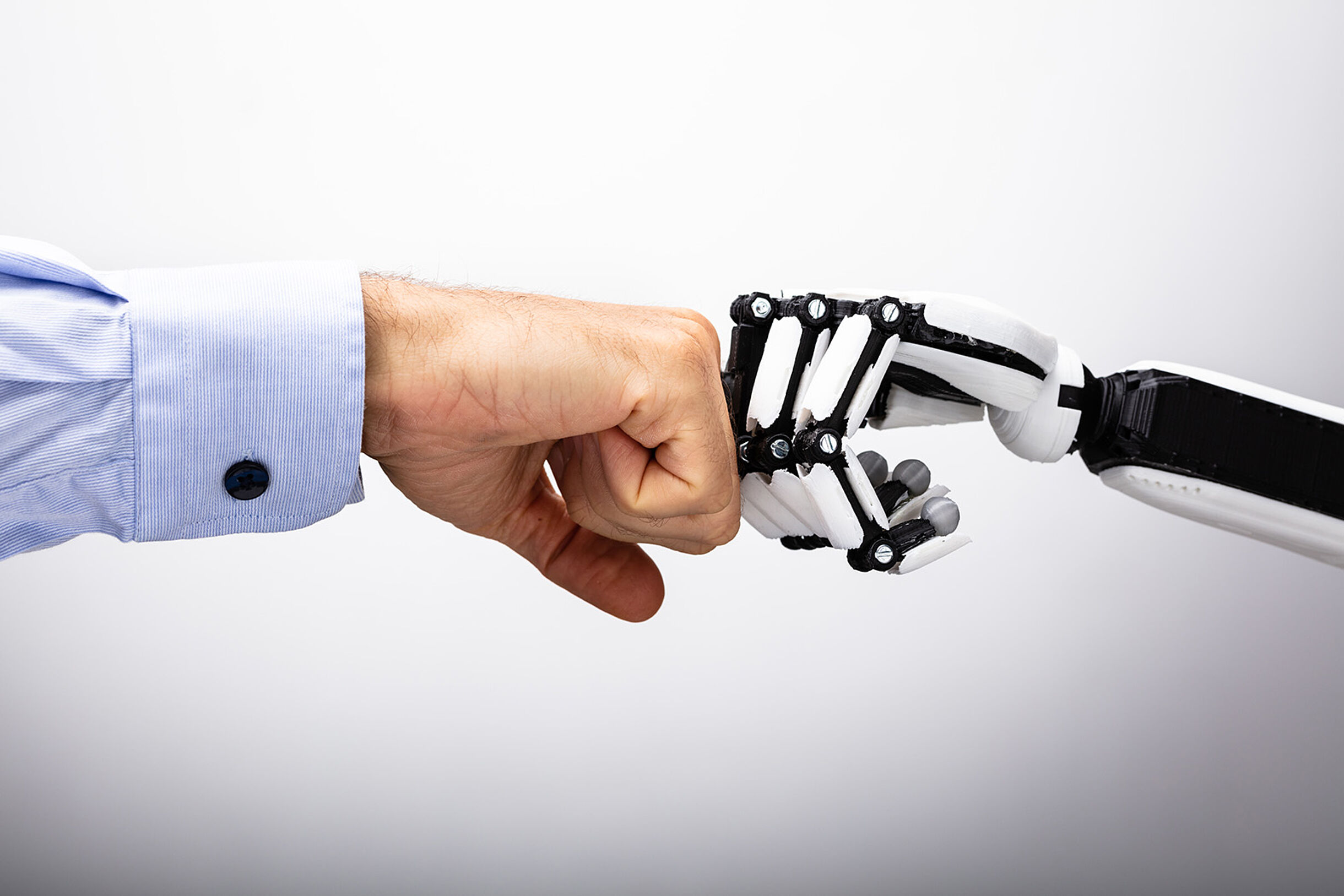
![[Translate to English:] Foto Andreas Kugi](/fileadmin/_processed_/9/e/csm_Kugi_solo_c_AIT__5fed582819.jpg)
